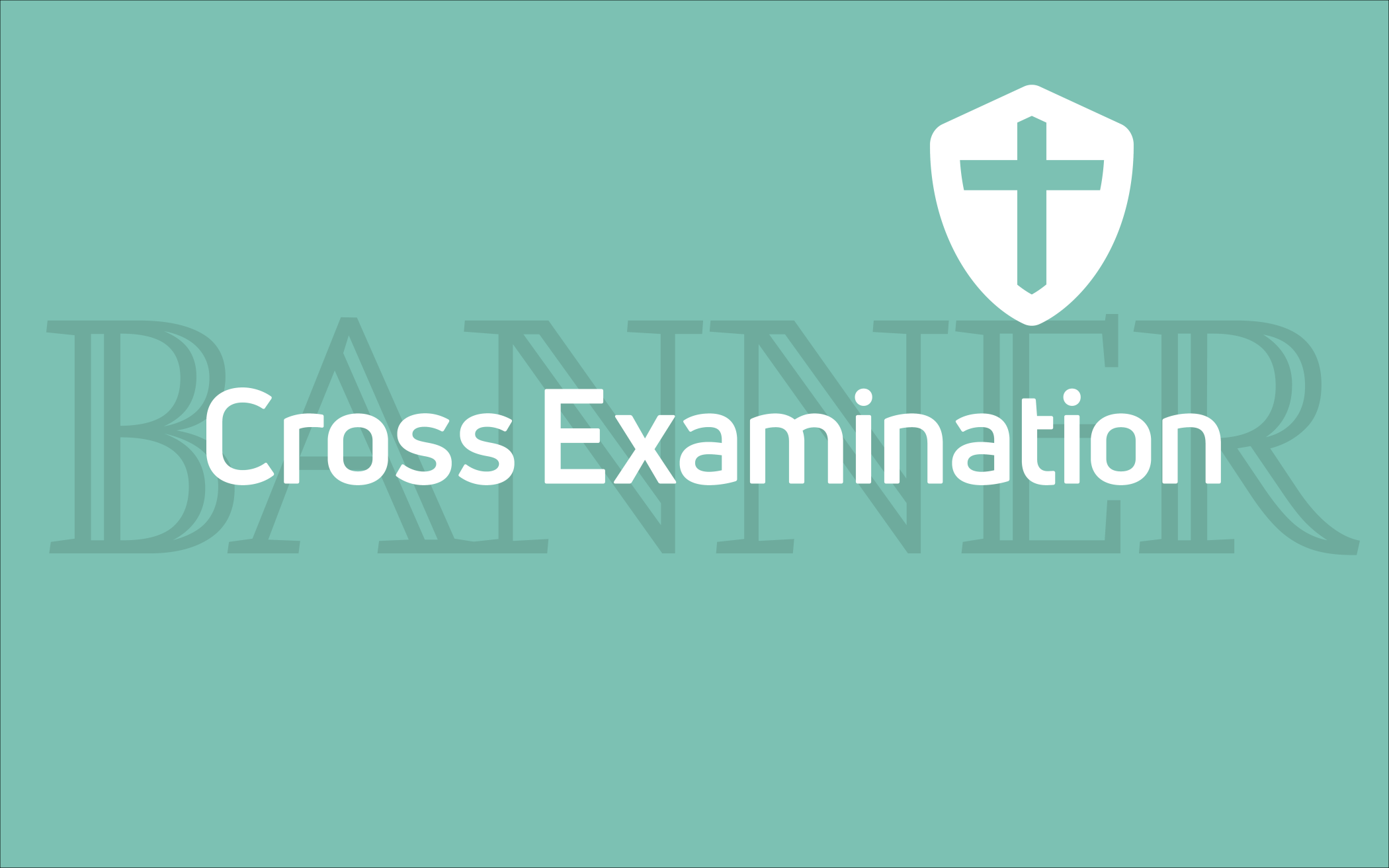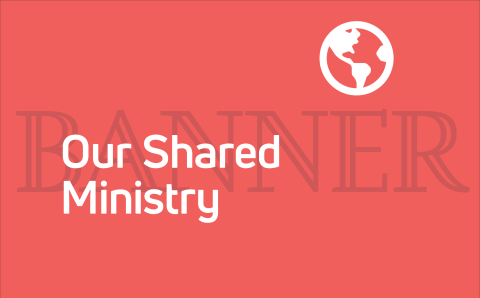The Koran has one author. The Book of Mormon has one author. Buddhist texts all claim to be the words of the Buddha. Confucius wrote the Five Classics of Confucianism. The Bible, however, is one book of 66 parts written in three languages by up to 40 different people over two millennia.
For those of us who already view the Bible as a special book, this affirms our trust in a God who guided the collection of these books over the generations. Those who don’t yet believe, however, may wonder how we can call this hodgepodge of books “holy” and trust the Bible for insight into God, ourselves, and our world.
The assumption is that if humans were the primary sources of the documents, the primary curators of which documents mattered, and the primary voices interpreting the documents, then the documents themselves cannot be trustworthy. But here’s why the comparison to other religious books is important: for the Bible, there wasn’t only one author, one person curating the documents, or one person interpreting them. Millions of people over generations have valued these documents because they found in them an accounting of the relationship between God and his people that is unlike any other ‘holy’ book ever written.
The canon (a word that means an accepted and approved list) of Hebrew Scriptures (our Old Testament) was most likely finalized while the Jews were in exile. Because disobedience to the Word of God had led them into exile, there was a renewed devotion to the Scriptures during and after the exilic period. Nehemiah 8 tells of the scribe Ezra bringing the Torah back to Jerusalem from captivity in Babylon and reading it to the people. When the first of the Dead Sea Scrolls were found in 1946, scholars were amazed to find Hebrew copies of Old Testament books that were essentially identical to the Hebrew editions currently in use. The book that Ezra read was the book that Jesus read and is the book we currently read!
For the books we call the New Testament, the early church was quick to circulate letters from Paul that each congregation had found helpful, showing that the church was already respecting certain texts as valuable for teaching and worship (Col. 4:16; 2 Pet. 3:16). The gospels were written later than most of the letters as a way to preserve the stories of Jesus before the people who lived alongside Jesus died.
This is why the “gospel” of Thomas and the “gospel” of Mary were not included in the Bible: they did not align with the redemption story that begins with the Torah, continues through the wisdom books, the prophets, and the epistles, and is clearly seen in Matthew, Mark, Luke, and John.
The Bible was not written to answer all of our questions or to polish up the truth of a broken people and a mysterious God. This isn’t a book of fairy tales. The characters do not live happily ever after. This is a book that says, “Life on earth is hard. People get hurt. We hurt each other, and we hurt God. But out of God’s great love, God gives hope to God’s people through the Son and assures us of God’s presence through the Spirit. In this book, God calls God’s people from death to life. God holds out the hope of a new heaven and a new earth.” The Bible is not a book that simply describes the past. It is a book that promises our future.
About the Author
Mary Hulst is university pastor for Calvin University and teaches at Calvin Theological Seminary, Grand Rapids, Mich.







